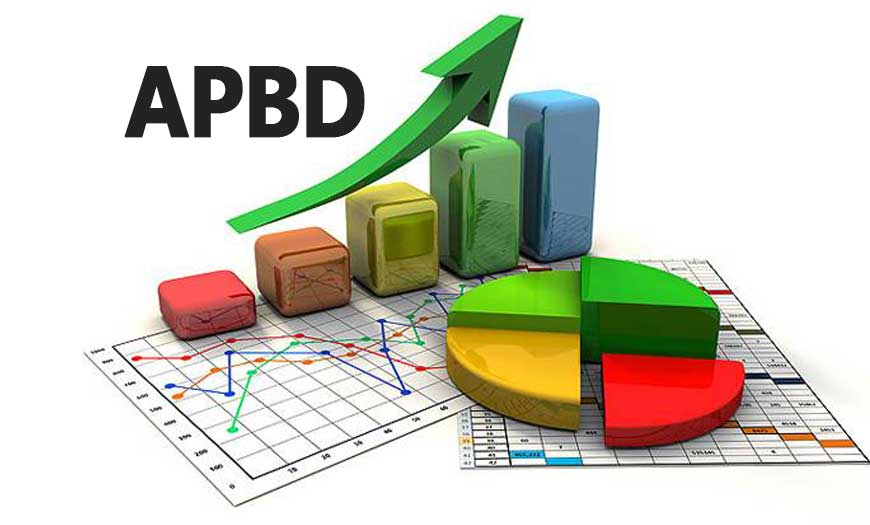The Human Development Index (HDI) provides a single index measure to capture three key dimensions of human development: a long and healthy life, access to knowledge and a decent standard of living.

The HDI utilizes four key metrics:3
- life expectancy at birth – to assess a long and healthy life
- expected years of schooling – to assess access to knowledge of the young generation
- average years of schooling – to assess access to knowledge of the older generation
- gross national income (GNI) per capita – to assess the standard of living
There are two steps to calculating the HDI:
1. Forming indices for each of the four metrics
Values of each of the four metrics are first normalized to an index value of 0 to 1. To do this, “goalposts” of the maximum and minimum limits on each metrics are set by the UNDP, as shown in the table.
With the actual value for a given country, and the global maximum and minimum, the dimension (indices) value for each metric is calculated as:

The dimension index is therefore 1 in a country that achieves the maximum value and it is 0 for a country that is at the minimum value.
2. Aggregating the four metrics to produce the HDI
Once each of the individual indices have been calculated, they are aggregated to calculate the HDI.
The HDI is calculated as the geometric mean (equally-weighted) of life expectancy, education, and GNI per capita, as follows:

The education dimension is the arithmetic mean of the two education indices (mean years of schooling and expected years of schooling).
Source: https://ourworldindata.org/human-development-index



